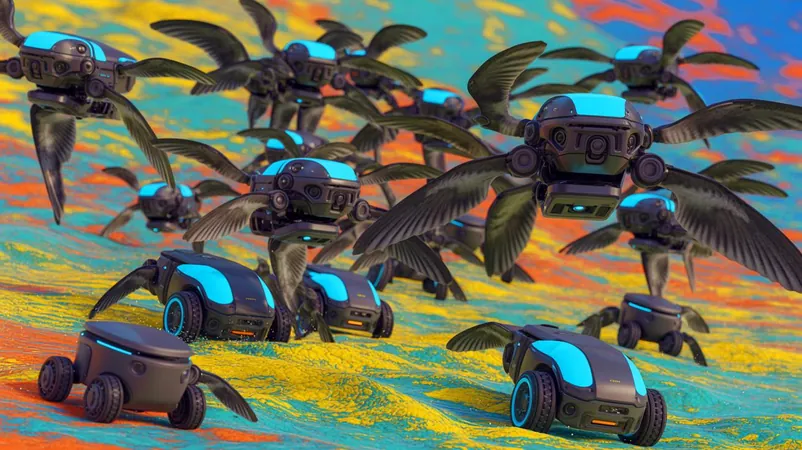
Unlocking Nature's Secrets: Researchers Transform Robot Swarms into Masterful Mimics of Birds and Fish
2025-09-13
Author: Benjamin
In the groundbreaking realm of artificial intelligence, a major leap has been made in replicating the incredible efficiency of natural swarms—think flocks of birds, schools of fish, and buzzing bees. Researchers have unveiled an innovative framework aimed at enhancing swarm intelligence, a facet of AI that seeks to mimic the extraordinary group behaviors observed in nature.
Decentralized Control: The Heartbeat of Swarm Intelligence
At the forefront of this research lies an intriguing challenge: crafting a decentralized system that allows robotic swarms to operate without a central leader. In the wild, swarms thrive through seamless coordination, effortlessly moving together as a cohesive unit, much like birds flocking or fish schooling to avoid danger. However, achieving this level of self-organization in artificial counterparts has remained a formidable task.
Assistant Professor Matan Yah Ben Zion from Radboud University emphasizes that the key is designing robots that can act autonomously yet harmoniously. The research team introduced geometric design rules that enable robots to work collaboratively while operating independently—drawing inspiration from natural interactions akin to those between protons and electrons.
Introducing Curvity: A Game-Changer in Robot Coordination
A pivotal revelation of the study is the concept of 'curvity,' a unique property allowing robots to navigate their environment and interact with one another. Each robot is endowed with a positive or negative curvity value that shapes its behavior within the swarm, dictating how they flock, flow, or cluster together.
Assistant Professor Stefano Martiniani from New York University remarks, 'This curvature drives the collective behavior of the swarm, potentially controlling whether the swarm flocks, flows, or clusters.' This novel approach transitions the challenge of swarm coordination from complex programming to a more accessible material science issue, igniting fresh avenues for exploration.
Transforming Industries: The Ripple Effect of Swarm Robotics
The implications of this revolutionary framework extend far beyond theoretical boundaries, promising significant advancements across various practical fields. In experiments, researchers have illustrated how curvature-based principles can seamlessly dictate robot interactions, leading to a new era of mechanical design that can scale from tiny devices to massive swarms of thousands.
This transformation has the potential to disrupt industries like aerospace manufacturing and medicine. For example, H2 Clipper has patented innovative techniques utilizing robotic swarms for expansive manufacturing tasks, while engineers in Pennsylvania have developed decentralized methods that allow tiny robots to self-assemble, reacting intelligently to their surroundings.
Particularly exciting is the framework's application in medical drug delivery systems, where microscopic robots could deliver treatments with pinpoint accuracy, enhancing patient outcomes while minimizing side effects.
The Future is Here: What's Next for Swarm Robotics?
The field of swarm robotics is progressing at an astonishing rate, with researchers worldwide eager to contribute their findings. The article highlights the potential of swarm intelligence to redefine industries and improve vital sectors like search-and-rescue operations and wildfire detection.
As the simplicity of these geometric rules and the concept of curvity become more refined, we stand on the cusp of a period filled with innovative possibilities. These advancements not only pave the way for more agile and efficient robotic systems but also challenge us to consider how these technologies will integrate into our daily lives moving forward.
The future of robotics is bright, and the journey ahead is teeming with potential!


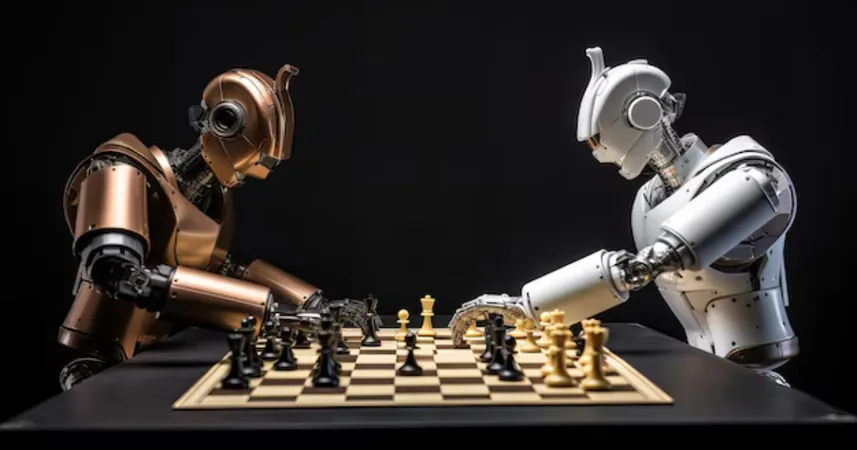


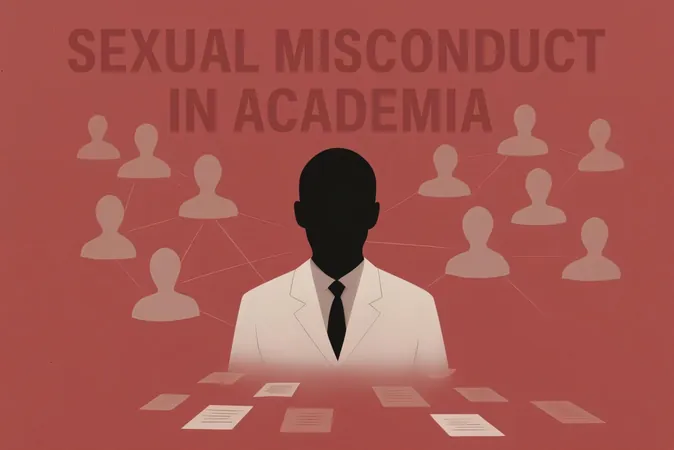

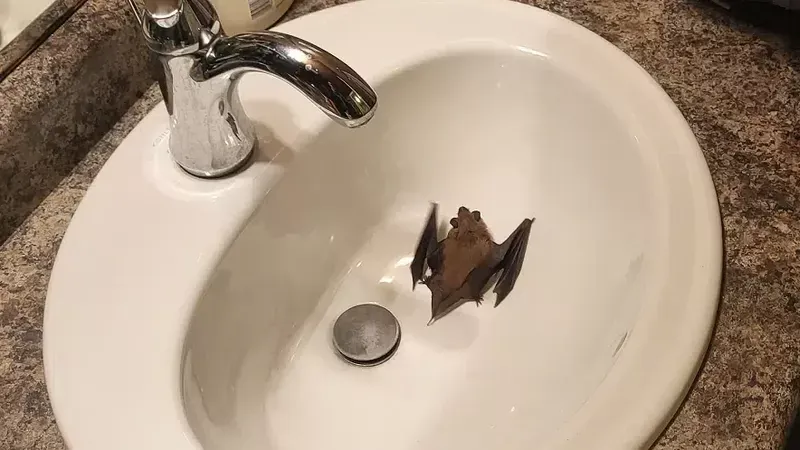
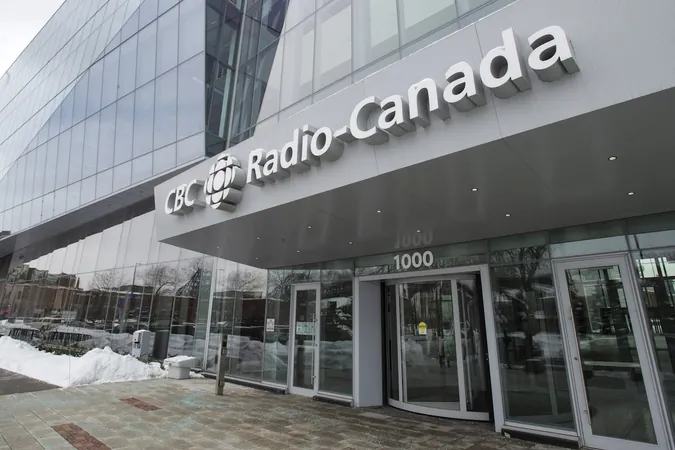
 Brasil (PT)
Brasil (PT)
 Canada (EN)
Canada (EN)
 Chile (ES)
Chile (ES)
 Česko (CS)
Česko (CS)
 대한민국 (KO)
대한민국 (KO)
 España (ES)
España (ES)
 France (FR)
France (FR)
 Hong Kong (EN)
Hong Kong (EN)
 Italia (IT)
Italia (IT)
 日本 (JA)
日本 (JA)
 Magyarország (HU)
Magyarország (HU)
 Norge (NO)
Norge (NO)
 Polska (PL)
Polska (PL)
 Schweiz (DE)
Schweiz (DE)
 Singapore (EN)
Singapore (EN)
 Sverige (SV)
Sverige (SV)
 Suomi (FI)
Suomi (FI)
 Türkiye (TR)
Türkiye (TR)
 الإمارات العربية المتحدة (AR)
الإمارات العربية المتحدة (AR)